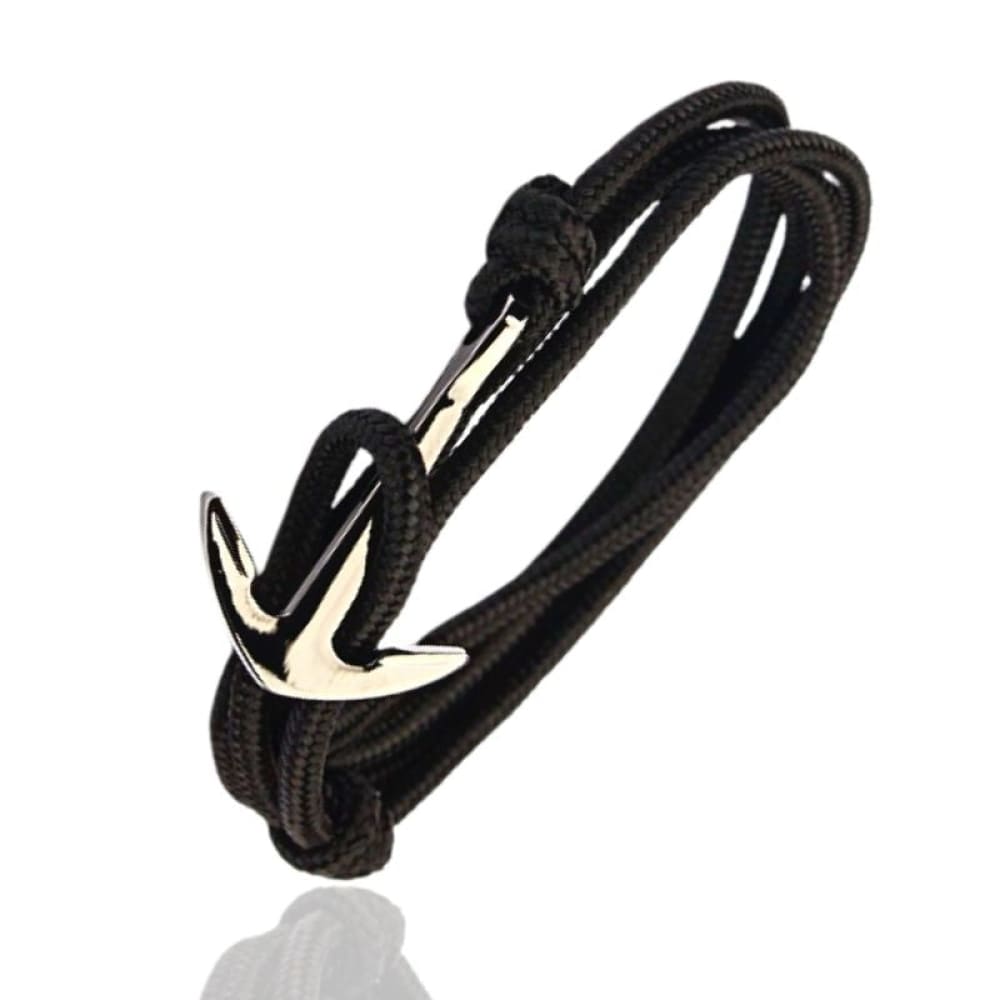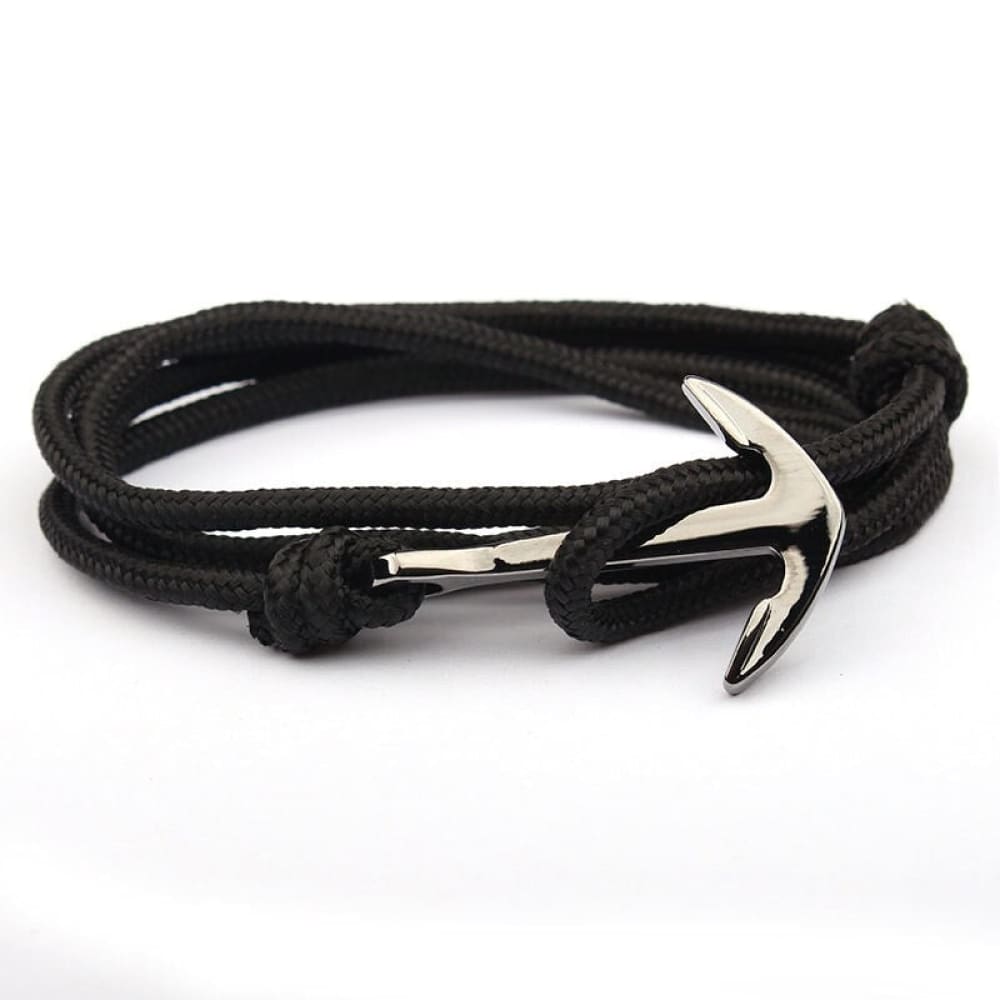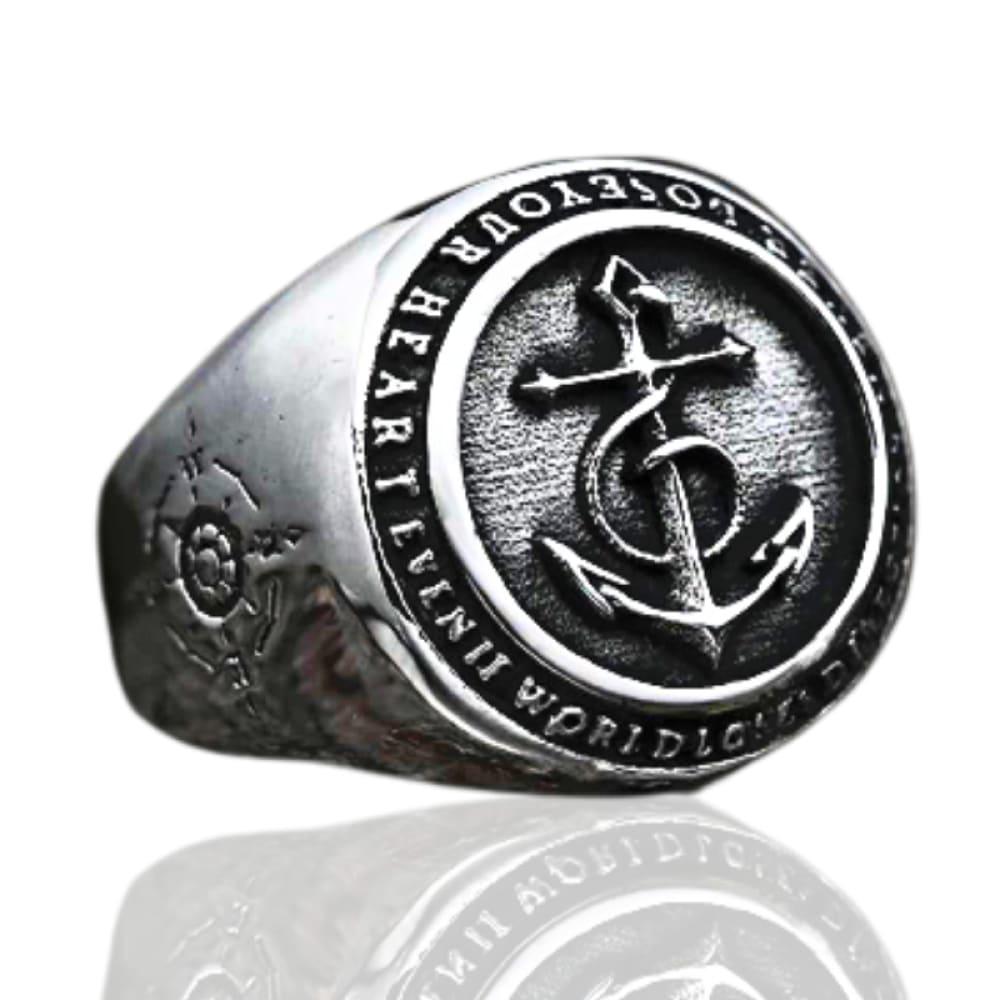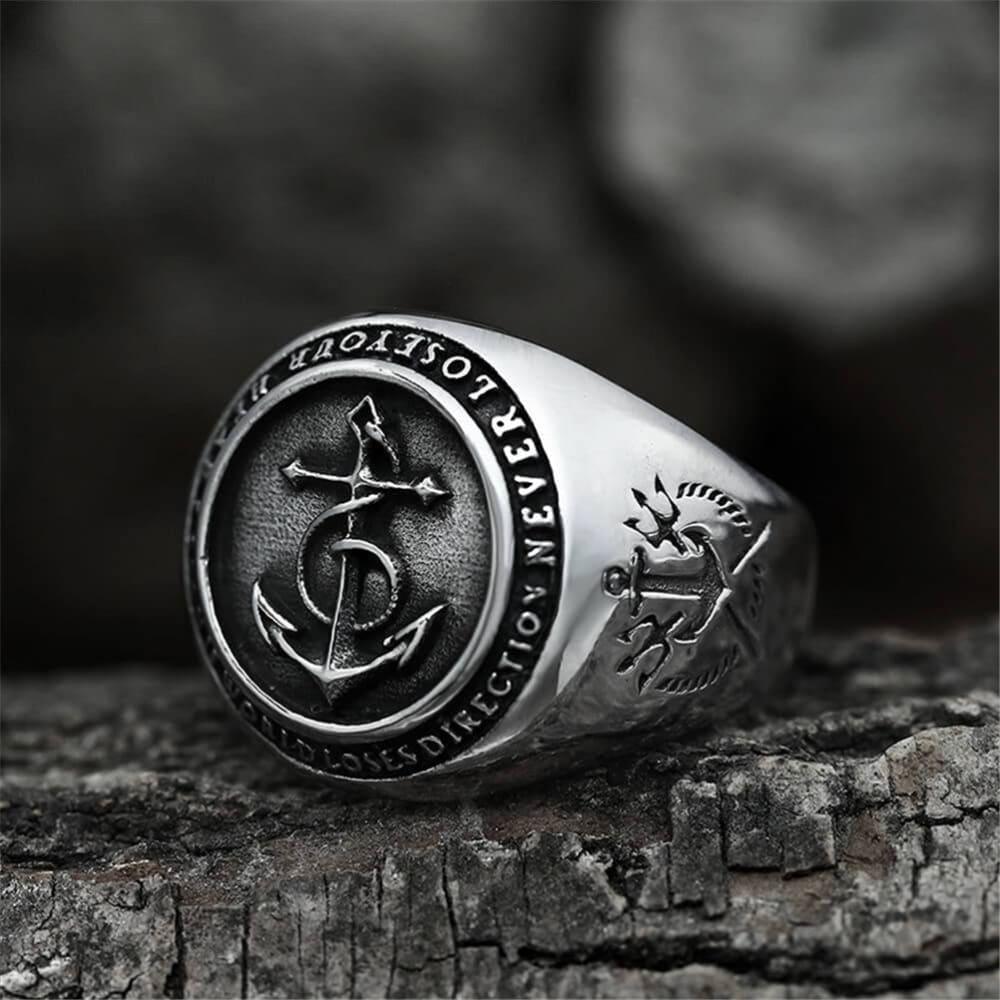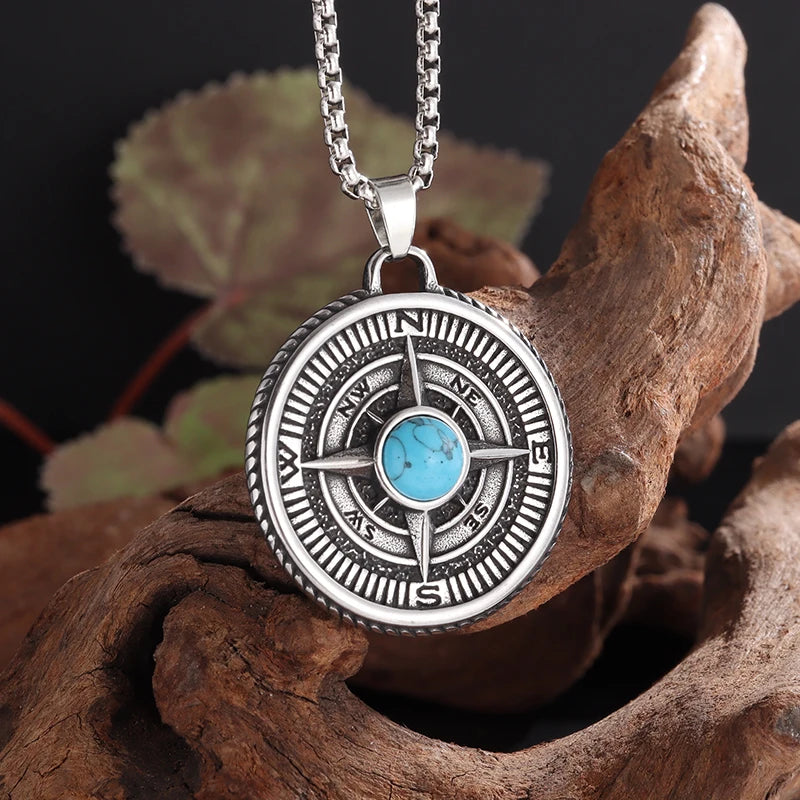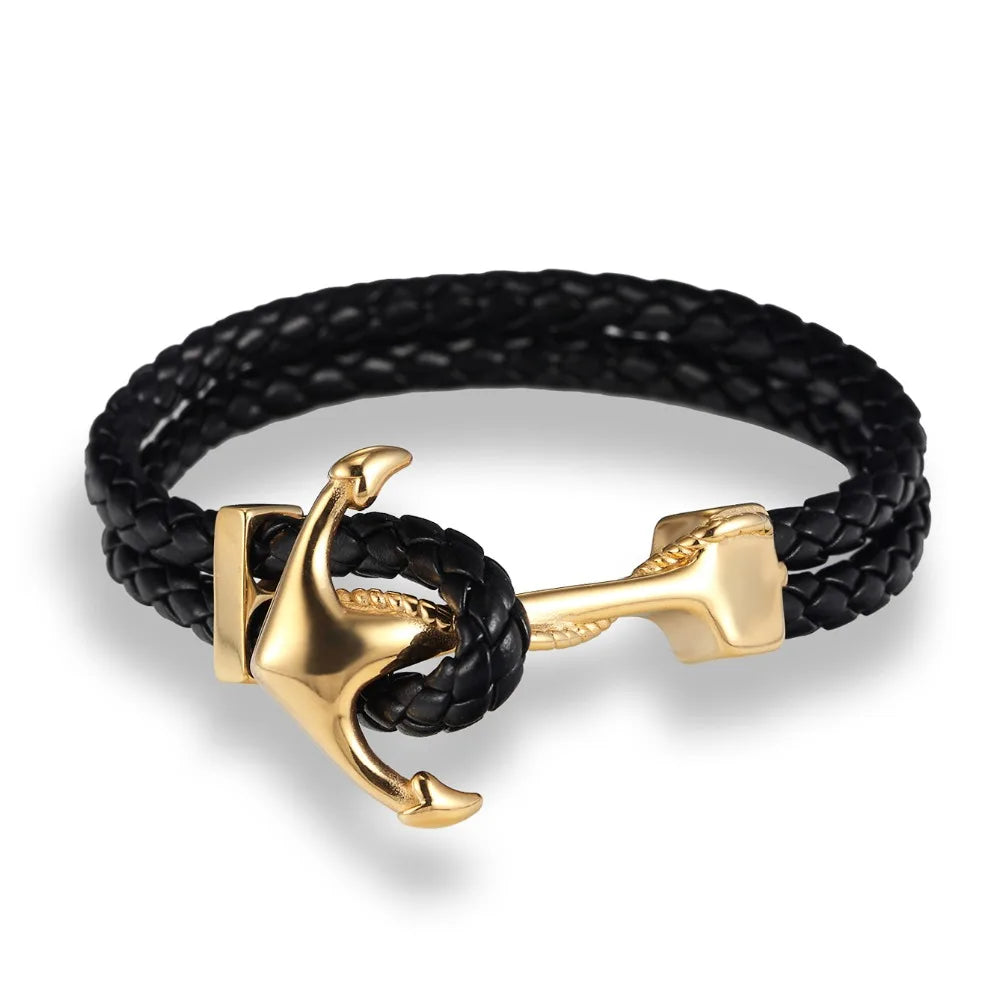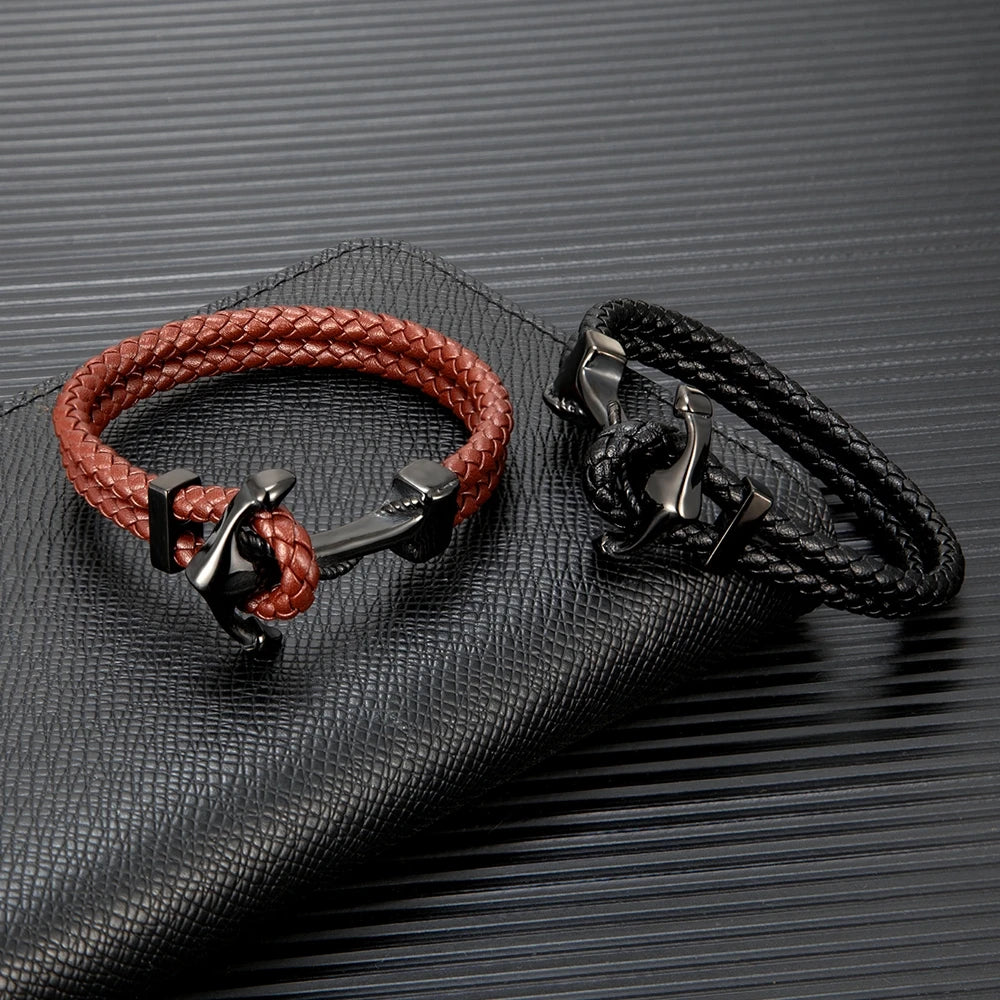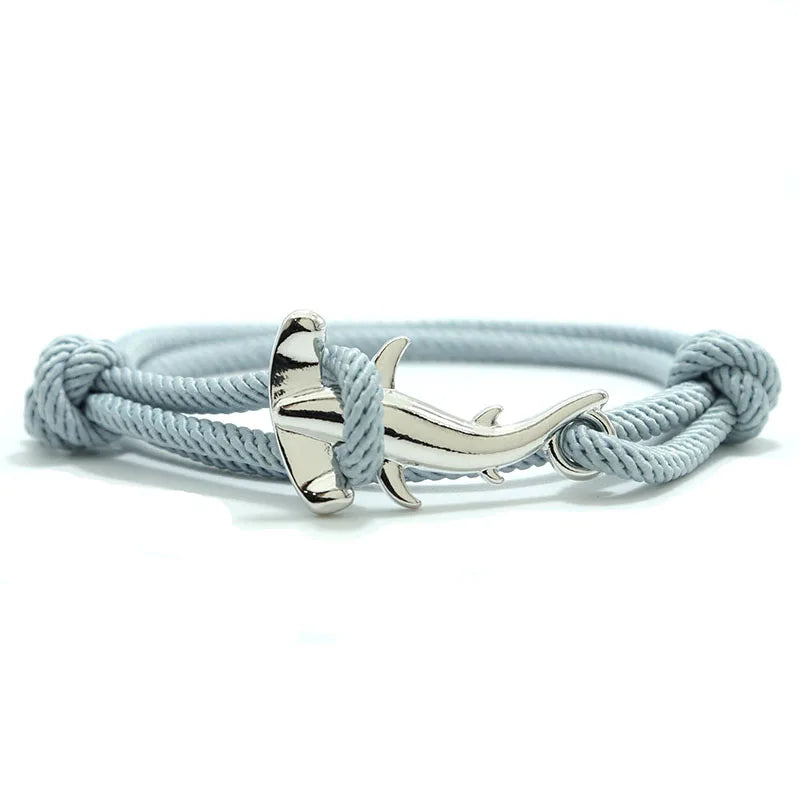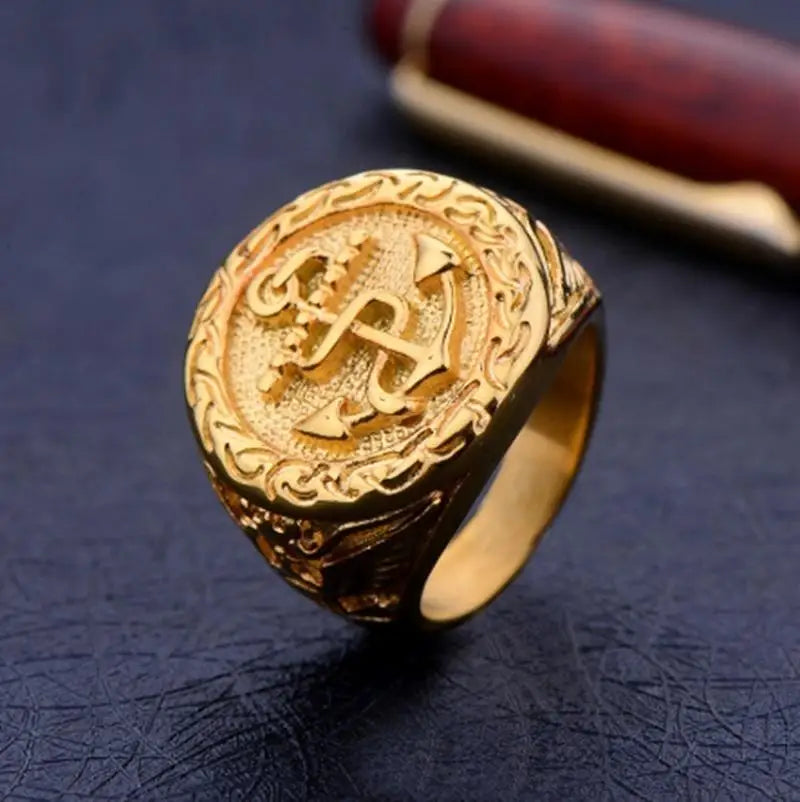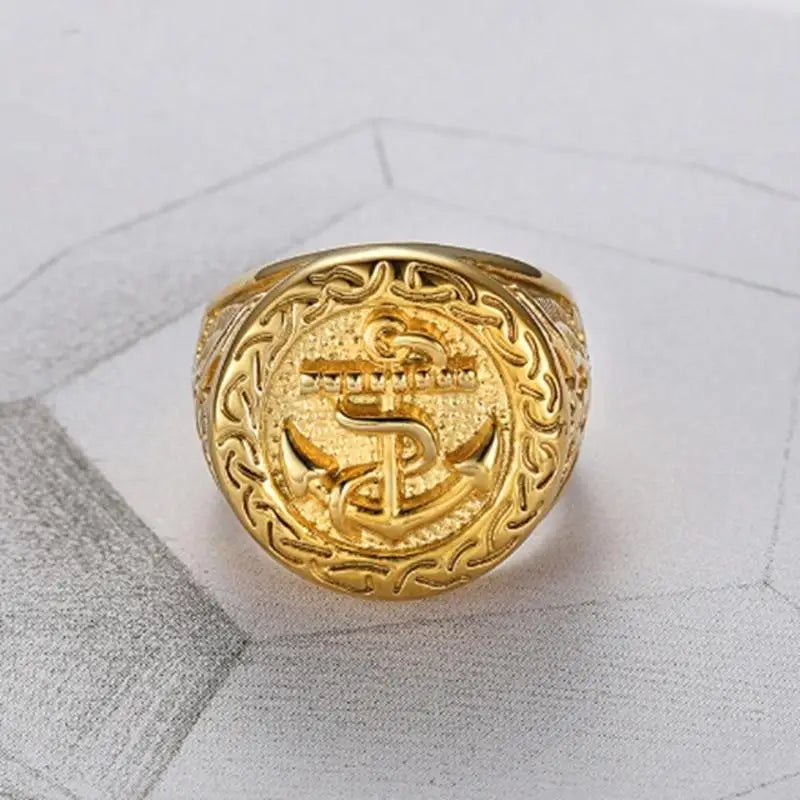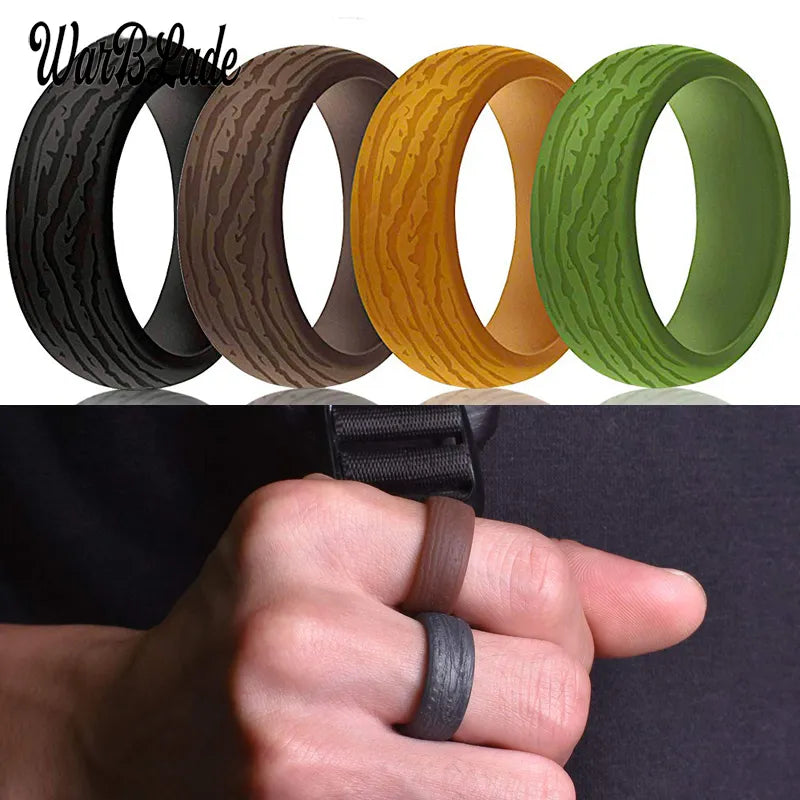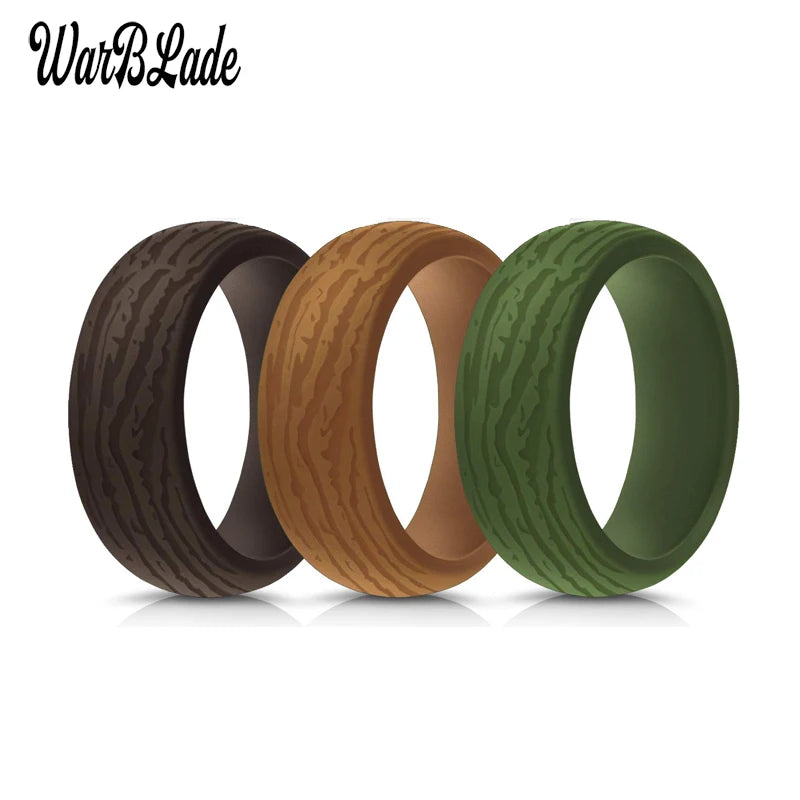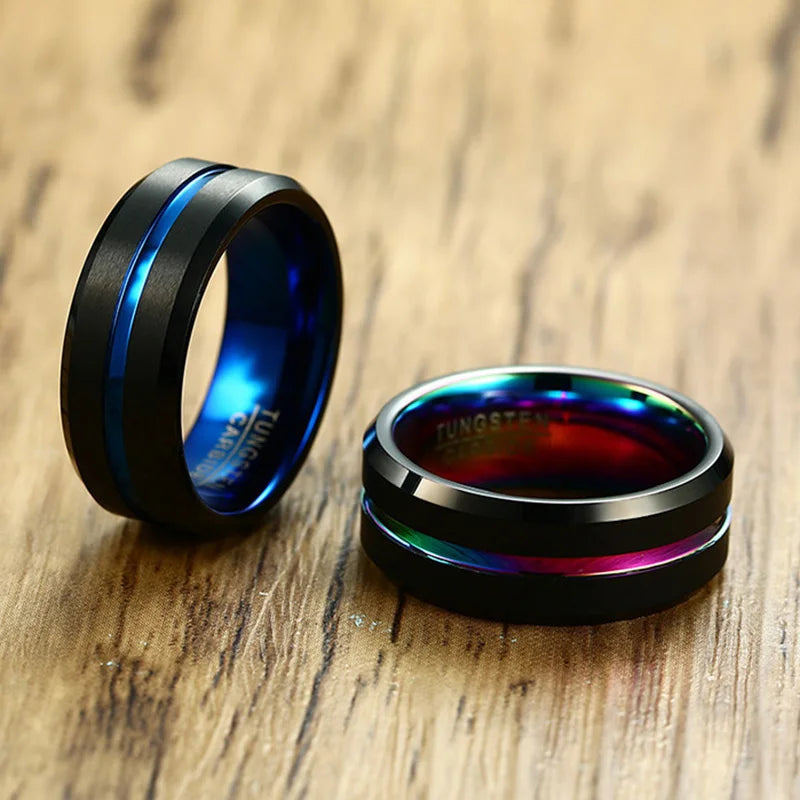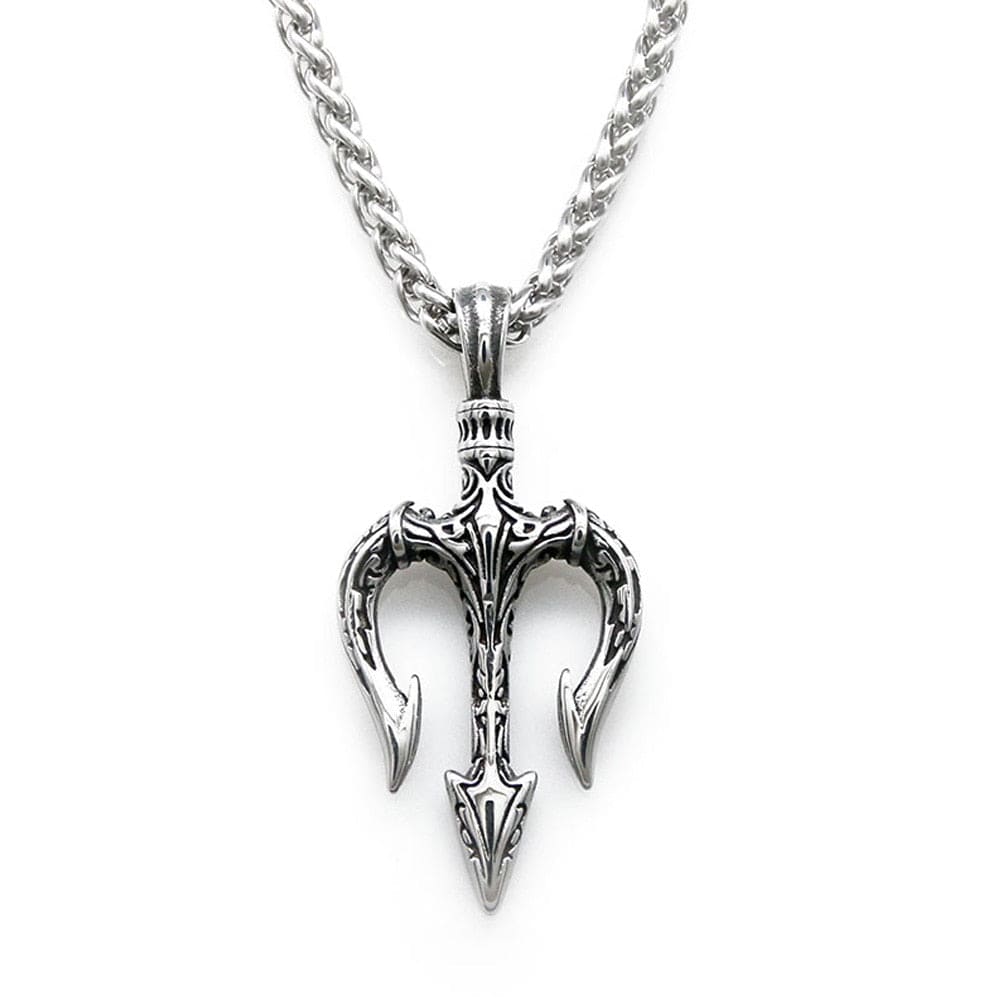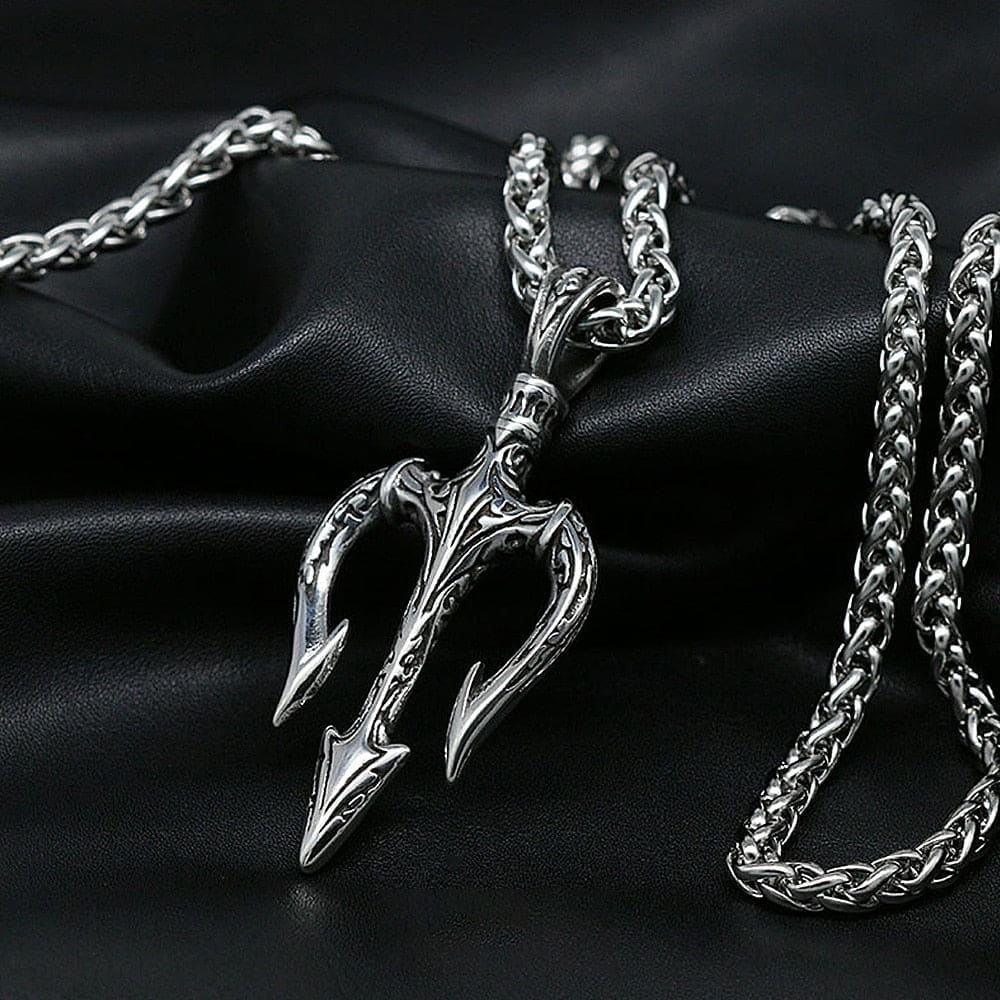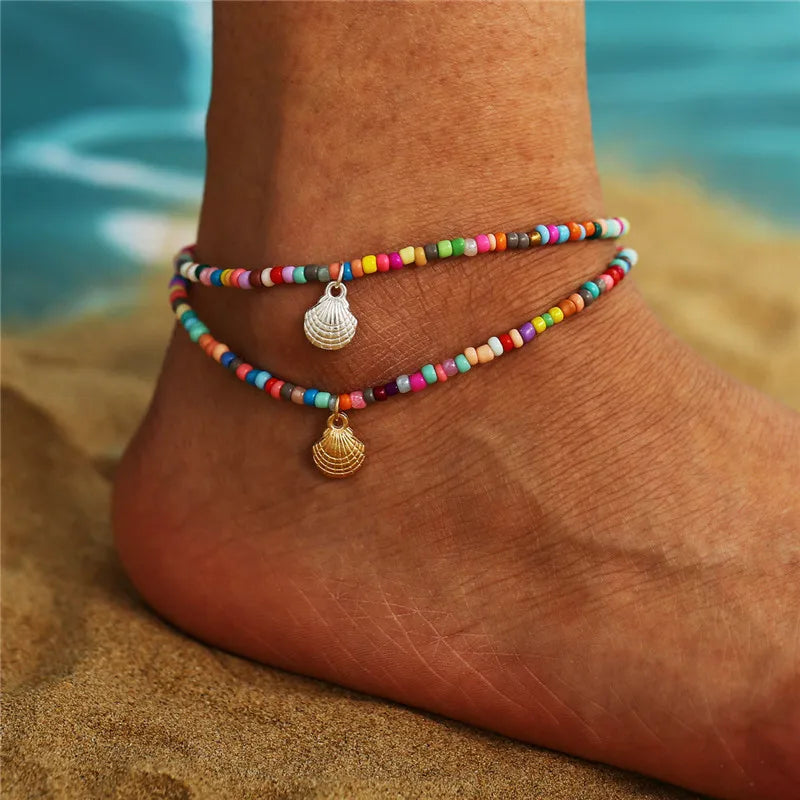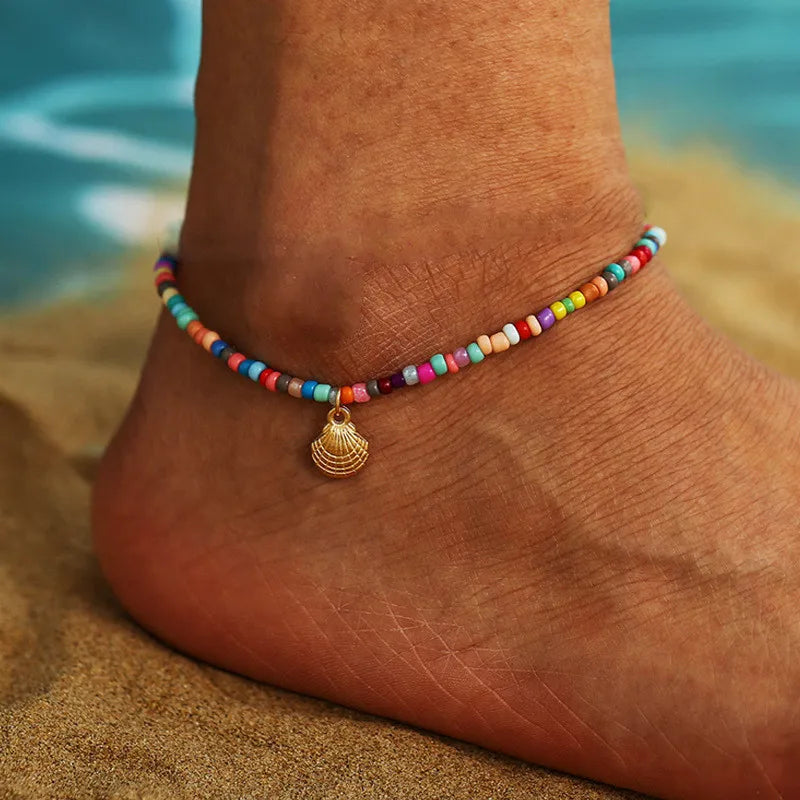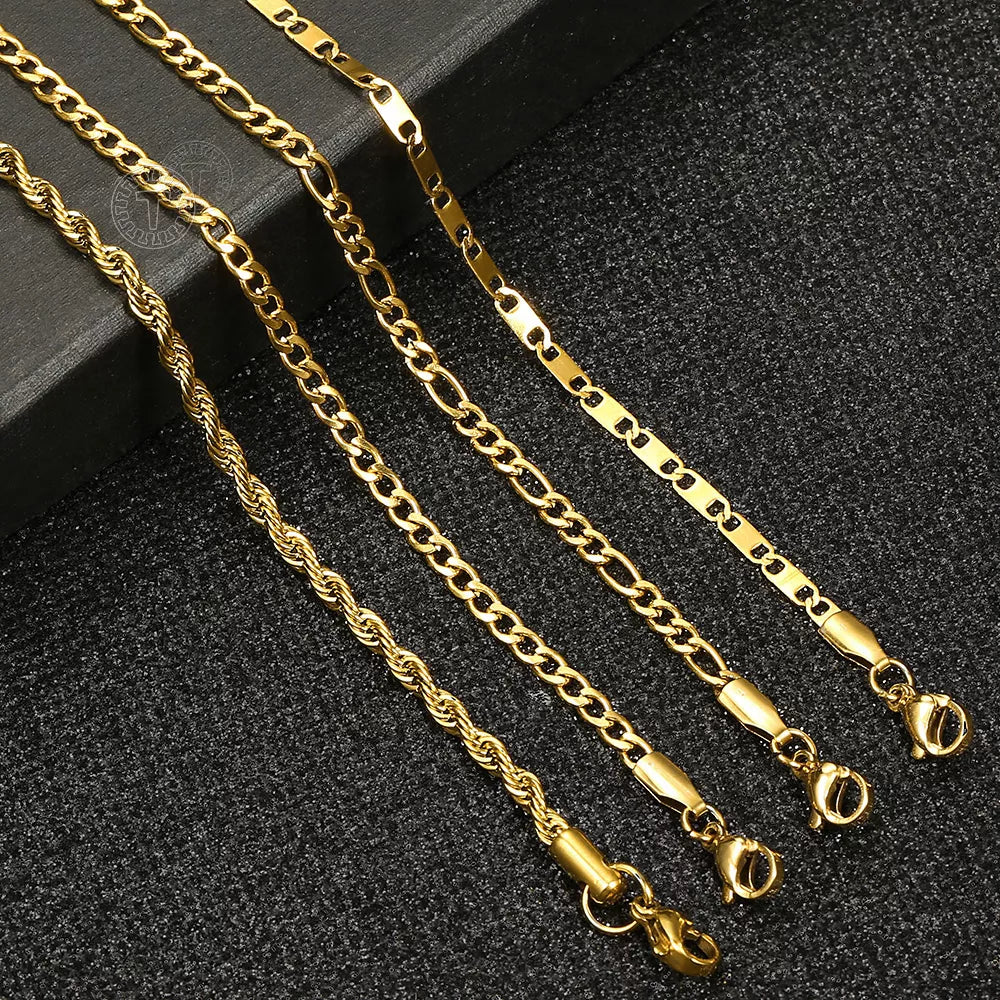How was Mercury used in Lighthouses?
How was Mercury used in Lighthouses?
The Role of Mercury in Lighthouses
In the past, lighthouses played a crucial role in guiding ships safely through treacherous waters. One of the key components that contributed to their effectiveness was the use of mercury. Mercury was used in lighthouses in a variety of ways due to its unique properties and characteristics.
First and foremost, mercury was used in lighthouses to create a highly efficient and reliable method of illumination. By containing mercury within a glass chamber, it was possible to create a vacuum. When an electric current was applied, the mercury vaporized and created a bright, steady light. This allowed lighthouses to emit a powerful beam that could be seen from miles away, providing much-needed guidance to mariners.
The Importance of Mercury Vapor Lamps
One of the main uses of mercury in lighthouses was in the creation of mercury vapor lamps. These lamps utilized the unique properties of mercury to produce a strong, bluish-white light. The light emitted by mercury vapor lamps had a long wavelength, making it highly visible even in adverse weather conditions.
Furthermore, mercury vapor lamps were incredibly efficient and had a long lifespan, making them ideal for continuous operation in lighthouses. The steady, reliable light produced by these lamps ensured that ships could navigate safely, even during the darkest nights or in foggy weather.
Additionally, mercury vapor lamps were able to produce a focused beam of light that could be directed in a specific direction, allowing lighthouses to tailor their signals to meet the needs of different maritime regions. This versatility made mercury vapor lamps a key component in lighthouse technology.
The Benefits of Mercury Switches
Another important use of mercury in lighthouses was in the creation of mercury switches. These switches were used to control various components of the lighthouse, including the rotation of the light source and the activation of fog signals. Mercury switches were preferred due to their reliability and durability.
Mercury switches utilize the conductive properties of mercury to complete or break an electrical circuit. This enabled lighthouses to automate certain processes, such as turning the light on and off at specific times or triggering the fog signals in inclement weather. The use of mercury switches in lighthouses greatly improved their overall efficiency and effectiveness.
Furthermore, mercury switches were able to withstand the harsh marine environment, making them ideal for use in lighthouses located in coastal areas. The corrosion-resistant properties of mercury ensured that the switches would continue to function properly, even in the presence of saltwater and other corrosive elements.
The Environmental Impact of Mercury in Lighthouses
While mercury played a crucial role in the functioning of lighthouses, it is important to note its environmental impact. Mercury is a toxic substance and can have detrimental effects on ecosystems and human health. With advancements in technology and a growing understanding of the dangers of mercury, its use in lighthouses has been phased out in favor of safer alternatives.
Transitioning to LED Lighting Systems
In recent years, lighthouses have transitioned from using mercury vapor lamps to more sustainable and energy-efficient LED lighting systems. LED lights offer numerous benefits, including lower energy consumption, longer lifespan, and reduced environmental impact. They emit a bright, focused light that is visible to mariners while minimizing light pollution and reducing harm to wildlife.
This transition away from mercury-based lighting systems has allowed lighthouses to continue their important role in maritime navigation while minimizing the negative effects on the environment. The use of LED lighting systems ensures that lighthouses can operate safely and sustainably for years to come.
Safe Handling and Disposal of Mercury
For lighthouses that still have mercury-containing components, it is crucial to handle and dispose of mercury safely. Specialized protocols and guidelines are followed to prevent mercury from contaminating the environment. Lighthouse authorities work closely with environmental agencies to ensure that mercury is managed properly and that any potential risks are minimized.
Proper training and equipment are provided to lighthouse staff to handle mercury safely. Spill response plans and containment measures are also put in place to mitigate the risk of mercury leakage. By following strict protocols, lighthouses can continue to operate safely without endangering the environment or human health.
Preserving the Legacy of Lighthouses
Lighthouses have a rich history and hold a special place in the hearts of sea lovers. While the use of mercury in lighthouses has diminished, their significance as navigational aids remains unchanged. Lighthouses continue to guide mariners through challenging waters, symbolizing safety, hope, and the allure of the sea.
Restoration and Preservation Efforts
Many lighthouses have been restored and preserved as historical landmarks, allowing visitors to experience their unique charm and learn about their important role in maritime history. These efforts ensure that the legacy of lighthouses is passed down to future generations, fostering an appreciation for the sea and its symbols.
Through the preservation of lighthouses, their stories are kept alive, inspiring sea lovers and reminding us of the importance of maintaining a connection to the sea. Whether it's through nautical jewelry, clothing, or home decorations, enthusiasts can display their love for the sea and its symbols, keeping the maritime spirit alive.
Embracing Sustainable Practices
In addition to restoration and preservation, lighthouses are also embracing sustainable practices. Many lighthouse authorities are implementing eco-friendly initiatives, such as renewable energy sources and energy-efficient technologies. By prioritizing sustainability, lighthouses can continue to serve as beacons of hope while minimizing their ecological footprint.
By supporting these efforts and choosing sustainable nautical products, passionate sea lovers can contribute to the preservation of lighthouses and the protection of the marine environment. Together, we can ensure that the allure of the sea and its symbols endure for generations to come.
An Enduring Symbol of the Sea
While the use of mercury in lighthouses may be a thing of the past, its legacy lives on in the form of restored lighthouses and the continued appreciation for their role in maritime navigation. As sea lovers, we can celebrate the rich history of lighthouses and support their preservation while also embracing sustainable practices to protect the marine environment.
Join us in cherishing the allure of the sea and its symbols, whether it's through nautical jewelry, clothing, or home decorations. Let us keep the maritime spirit alive and honor the legacy of lighthouses as beacons of hope, guiding ships safely through the vastness of the ocean.


